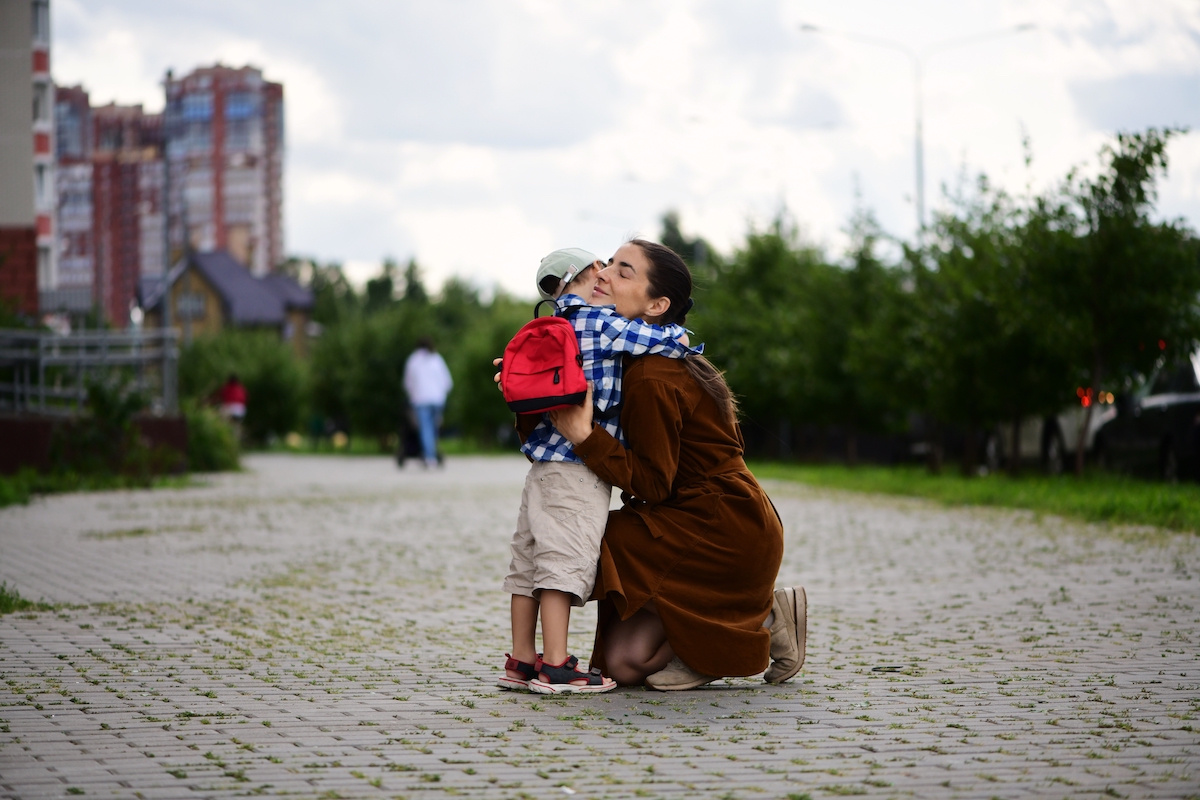An interview with John-Michael Keyes, Executive Director, The “I Love U Guys” Foundation
The “I Love U Guys” Foundation‘s programs for crisis response and post-crisis reunification are used in more than 30,000 schools, districts, departments, agencies, organizations, and communities around the world. CrisisGo partnered with them in 2019, fully aligning with their practices and addressing safety for schools and other organizations. We talked with John-Michael Keyes, Executive Director of The “I Love U Guys” Foundation, and discussed the ways we are upholding their Standard Reunification Method with our safety solutions Safety iResponse and Safety Reunification Manager.
Q1: CrisisGo is fully aligned to the Standard Reunification Method (SRM) of The “I Love U Guys” Foundation. Let’s discuss this method in detail.
A: The “I Love U Guys” Foundation says recovery starts when the crisis begins, and reunification is the first step. We provide schools and district safety teams with proven methods for planning, practicing, and achieving a successful reunification such as using shared vocabulary, reunification kits, and digital tools to save time and improve accountability. The process is always evolving. Our method centers on defining the roles of who does what when you're reunifying a large student population. It starts with understanding the roles associated, and whether you're using a digital platform or paper and pencil, the process is the same in both cases.
Q2: How does having a digital component enhance the reunification process?
A: Having a reunification card to hold, even in the digital process, for the parent to read does some things. By asking them to read a card, you're asking them to perform a cognitive act. It can get the parents out of their midbrain by giving them some reassurance and helping them to focus during an otherwise stressful situation. But if we're running solely with a paper roster and not a digital system, it can introduce technical errors and accountability errors.
Q3: How can reunification vary?
A: Because these events vary and are unpredictable, the reunification process varies as well. For example, if there was criminal activity in the neighborhood, you don't want kids who walk home walking through a crime scene. So the kids who walk home may be reunified. And in that case, you may have a patrol officer or community resource officer assisting, but it's primarily the school's responsibility to reunify those students. In a bigger event, when we're reunifying the entire student population, the district may get into the mix and reunify those students.
The variation in events illustrates a really important point, and that is that training for all of this is essential. Training for an educator, for example, would be to know the process. Your role as an educator during the reunification is to be a class leader and manage your students. Take attendance; note the time.
Q4: What is the role of first responders in the reunification process?
A: The minute we evacuate the students and go off-site then it becomes a district-led reunification. When we end up with what we call a unified command reunification, where law enforcement, fire, EMS, and the district are all involved, often it is public safety leading the incident management. The district is still in charge of the kids, though. And so the district is handling the reunification. But in that event, we may have a large law enforcement support. Law enforcement may want to have a perimeter set. They may be able to assist inside and outside of the building. Having extra uniforms sometimes makes parents a little more patient. It really depends on the type of reunification where our public safety partners come in. That said, we absolutely need to make sure that law enforcement especially understands the process.
I spoke with an officer who had responded to one of these active assailant events, and he said he’d been to single officer response training, and they train them for the first five minutes. He said he didn’t get a lot of training on what happens next. Very few of the officers actually get there in the first five minutes. For an active assailant event, we need to train law enforcement on what the rest of the day looks like, and part of that is reunification and they have a role in that.
Q5: How is the reunification process evolving over time?
A: We introduced a Standard Response Protocol in 2009, and that was based on four actions: Lockout, Lockdown, Evacuate, and Shelter, and it took off and we organizationally made a commitment to constantly evaluate all our programs. We saw there was another void and that was in how do schools and districts bring students back together with their parents with accountability when something happens at the school? The event can be anything from an active assailant to a power outage, for example. So, we released the Standard Reunification Method in 2012, and have committed to updating it as needed.
More and more states are focusing on reunification, with some considering adding reunification to the list of mandatory drills for the school year. This may cause some districts to do the minimum possible to meet the mandate. On the other hand, when we're working with a district or school that's motivated to come up with a solution for reunification, they’re going to work on coming up with the solution in the best possible way, and they usually will use our proven Standard Reunification Method.
The “I Love U Guys” Foundation has introduced a new program, the Reunification Exercise (REx), and the materials are all available on iloveuguys.org. When we conduct it, we recommend not to simulate the event that created the need for reunification. We focus on practicing all of the moving parts of the reunification process. It's your pedestrian workflows, your access, who's where, and really managing the experience of both the parent and the student during that reunification.
When choosing to partner with CrisisGo, we looked at the heart of the company and why they are in the business of safety, and I know I was impressed when the first conversation I had with Jim Spicuzza (CrisisGo CEO) was about how doing it for all the right reasons is important.
–John-Michael Keyes, Executive Director, The “I Love U Guys” Foundation
The dedicated partnership of CrisisGo and The “I Love U Guys” Foundation ensures that students are reunited with their loved ones quickly, safely, and accurately through the use of readily available, comprehensive emergency tools. Accountability throughout reunification is enhanced with digital information systems, such as CrisisGo’s Safety iResponse. In addition, a tool such as CrisisGo’s Safety Reunification Manager can seamlessly aid in identifying and monitoring roles throughout the reunification process, especially because CrisisGo uses the same language as The "I Love U Guys" Foundation. Click here to learn more about Safety Reunification Manager. 











No Comments Yet
Let us know what you think